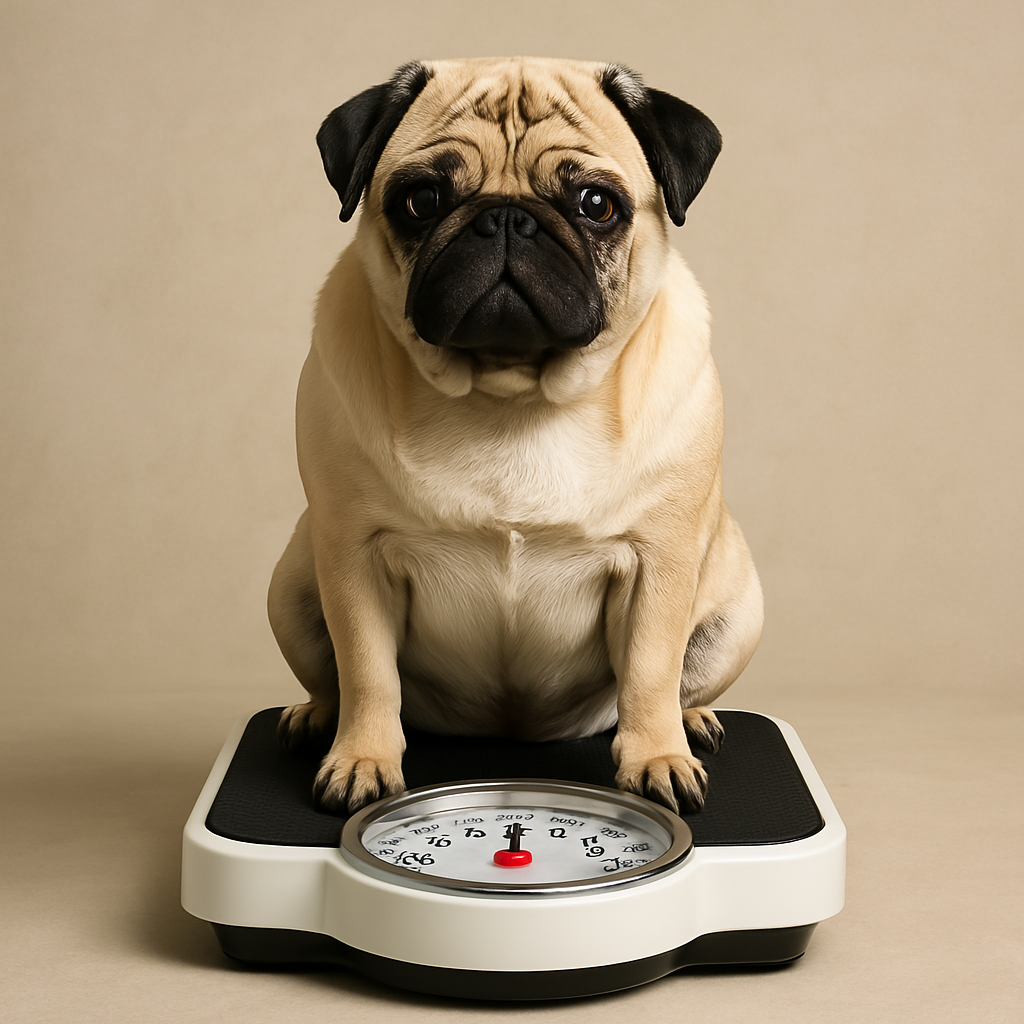What’s the Ideal Weight for Your Pug? A Quick Guide

Disclosure: This post contains affiliate links. As an Amazon Associate, I earn from qualifying purchases—at no extra cost to you.
Every pug owner wants their furry friend to be healthy and happy. Maintaining your pug’s ideal weight plays a crucial role in their overall well-being, affecting their mobility, heart health, and longevity. But how much should pugs weigh? It’s not always obvious, especially since these dogs tend to pack on pounds easily. Understanding what’s considered healthy weight for your pug can help prevent obesity-related health problems. Let’s dive into the details of pug weight management to keep your four-legged companion thriving.
What’s the Ideal Weight Range for Pugs?
Adult pugs typically weigh between 14 and 18 pounds, with males usually on the heavier side. Female pugs often weigh slightly less, usually ranging between 13 to 17 pounds. Although these numbers represent standard guidelines, every pug can vary slightly depending on factors such as genetics and bone structure.
Factors Influencing Your Pug’s Weight
Several factors can influence a pug’s ideal weight, including age, gender, activity level, and diet. Younger pugs tend to be more active and require more calories for their growing bodies. Senior pugs, however, are generally less active and thus need fewer calories to maintain a healthy weight.
Additionally, pugs that receive regular exercise and engage in playful activities daily tend to maintain a healthier weight. Conversely, less active pugs can quickly become overweight if their diet isn’t adjusted accordingly.
Risks of Overweight and Underweight Pugs
Maintaining an ideal weight isn’t just about appearances; it significantly impacts your pug’s overall health. Overweight pugs face increased risks of health problems such as diabetes, joint pain, heart disease, and respiratory difficulties—conditions already prevalent in brachycephalic breeds. Excess weight can also worsen breathing issues due to their short snouts.
On the other hand, underweight pugs may struggle with weakened immunity, poor muscle tone, and low energy levels. Being underweight might also indicate underlying health issues such as parasites or digestive problems.
How to Tell if Your Pug is the Right Weight
You can quickly assess your pug’s weight at home with a simple touch test. Run your hands gently along your pug’s rib cage. You should be able to feel the ribs without pressing too hard, but they shouldn’t be overly visible or pronounced. If your pug’s ribs are difficult to feel or you notice a thick layer of fat, your pet may be overweight. Conversely, easily visible ribs might indicate your pug is underweight.
Another indicator is observing your pug from above; they should have a subtle waistline behind their ribs. If your pug appears round or lacks definition around the waist, it’s likely time to adjust their diet and increase exercise.
Maintaining Your Pug’s Healthy Weight
Balanced nutrition and regular physical activity are keys to keeping your pug at a healthy weight. Provide a high-quality diet specifically formulated for small breeds, and avoid feeding them table scraps or high-calorie treats excessively.
Routine exercise, such as daily walks and play sessions, will also help your pug maintain a healthy weight and keep their muscles toned. Aim for at least 20-30 minutes of gentle activity each day, adapting intensity based on your pug’s age and physical condition.
Regular veterinary check-ups are equally essential. Your veterinarian can monitor your pug’s weight, offer dietary recommendations, and identify potential health issues early on.
Conclusion
Keeping your pug at an ideal weight ensures a happier, healthier, and longer life for your beloved companion. Regularly assess your pug’s condition, adjust their diet accordingly, and engage them in daily exercise routines. With proper care and attention, your pug will thrive at the optimal weight, bringing joy and companionship for many years to come.






